Consumers often confuse the terms “mattress pad,” “mattress protector,” and “mattress topper.” These bedding products share some similarities, but they serve different purposes. You may be thinking that you need a mattress pad when you actually need a mattress topper—or the other way around.
So, what is a mattress pad and why should you use one? How does it differ from a mattress topper and other bedding accessories? Today we’ll answer your questions and clear things out.
Let’s dive in.
What Is a Mattress Pad?
A mattress pad is a thin layer of fabric that sits on top of your mattress or mattress topper, under a fitted sheet. Some models have a deep pocket fitted skirt or elastic edges to keep them in place.
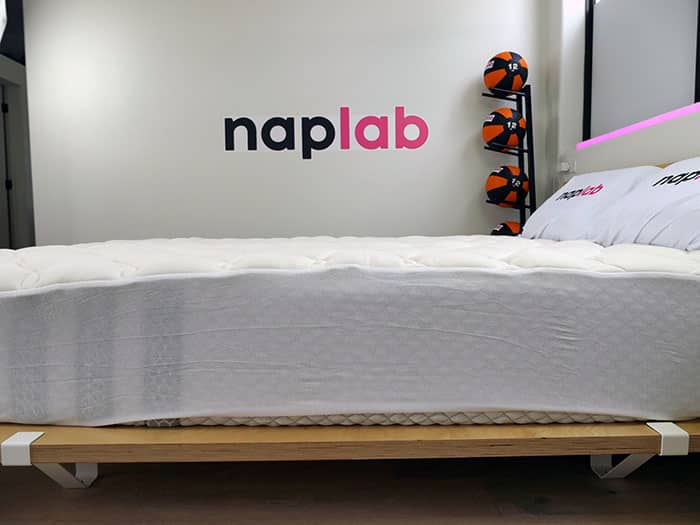
It’s the small details that matter. Mattress pads, for instance, can add an extra layer of comfort to your bed. They are often quilted and range in thickness from 1″ to 1.5″.
Getting a good night’s sleep isn’t as simple as it seems. You may feel that your sheets are too stiff, your mattress is too soft, or your pillows are not as firm as they once were.
Considering these aspects, it makes sense to get the highest quality bedding you can afford. However, this doesn’t mean you should spend a fortune on new sheets or fancy pillows. You just need to choose the right products.
Is a Mattress Pad Really Necessary?
This bedding item isn’t a must-have. Generally, you’d use it to make your mattress more comfortable. However, if you have a mattress that feels just right, you probably don’t need a mattress pad.
While these products offer some level of protection, they’re not designed to keep dust and bacteria away.
If that’s what you want, opt for a mattress protector instead. Notably, you can use both a mattress pad and a mattress protector if needed.
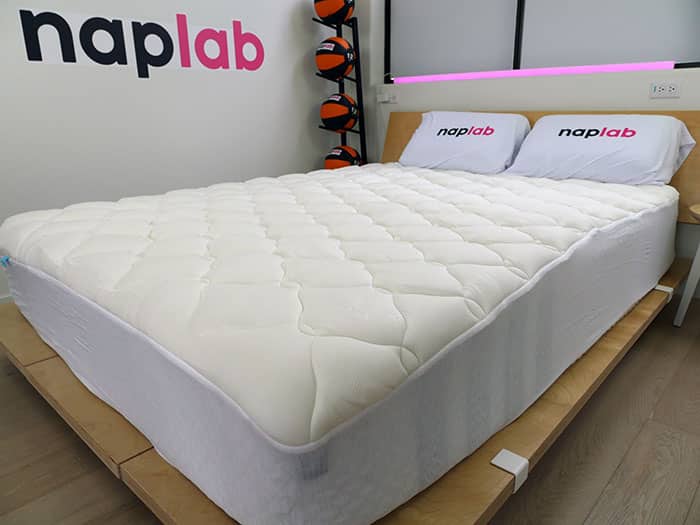
Mattress pads may protect your mattress from wear and tear, but most models are not waterproof. Therefore, they won’t protect against spills, sweat, or urine stains.
Even so, you may need one if:
- Your mattress is too firm
- You need a little extra fluff
- You want an extra layer of protection for your mattress
For example, an old mattress with broken or worn-out springs may cause joint pain and body aches, affecting your sleep. While a mattress pad isn’t a miracle worker, it can help improve comfort and reduce pressure points, extending the life of some mattresses.
Mattress Pads vs. Toppers: What’s the Difference?
Both mattress pads and toppers can make your bed more comfortable. While they generally are not waterproof, they can protect your mattress to some extent.
The primary difference between the two lies in their structure.
Mattress pads are relatively thin and lightweight, while traditional mattress toppers are thicker (generally designed to enhance the feel of the mattress).
The latter is typically made of latex foam, poly foam, or memory foam, offering increased comfort. In some ways, it can be thought of as a thicker mattress pad, and therefore, it’s capable of providing a greater impact to the mattress comfort dynamic.
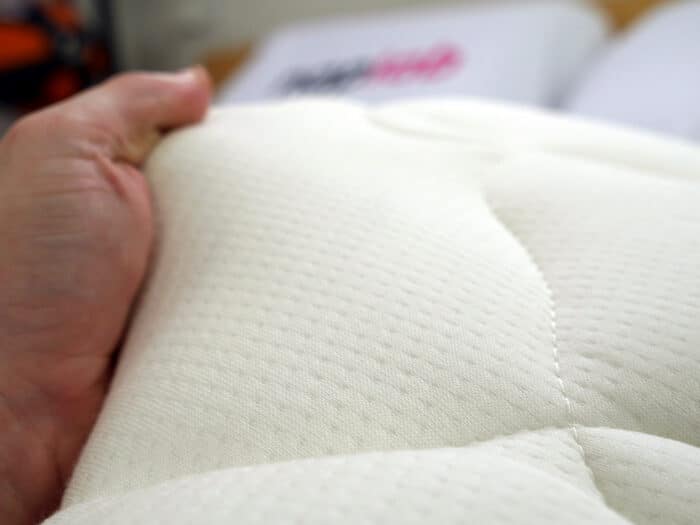
Let’s see other similarities and differences between mattress pads and toppers:
- Both accessories sit on top of the mattress and come in a wide range of styles and designs.
- Mattress pads are quilted and have a thin, padded layer, while toppers have several thick layers of padding or foam.
- Mattress toppers are heavier and more difficult to wash than mattress pads.
- Neither product offers protection against stains and spills. Their role is to add an extra layer of cushion to your mattress.
- Mattress toppers are typically more expensive than mattress pads, but cheaper than a brand new mattress.
With mattress toppers, you can more significantly impact the firmness of a mattress to accommodate your needs. These products are also more effective at regulating your body temperature compared to a mattress pad.
In one study, men who used a high-rebound mattress topper enjoyed better sleep. Moreover, both low- and high-rebound toppers kept them from tossing and turning in bed. Mattress pads are typically not thick enough to provide these benefits.
Depending on your needs, you may use a mattress pad, a mattress topper, or both. It all comes down to the type of comfort you’re looking for, as well as the feel of your existing mattress.
What about Mattress Protectors?
As discussed above, neither mattress pads nor toppers protect against spills and stains. If that’s what you need, then you should choose a waterproof mattress protector.
This bedding item covers the top and sides of a mattress, protecting it from stains, dust, bodily fluids, and spills. Some models encase the mattress.
A mattress protector looks like a fitted sheet. Depending on what it’s made of, it may protect against mold, allergens, dust mites, and bacteria. It can be a good choice for those who are worried about bed bugs, have pets or children, or simply want to keep their mattresses in good shape.
If you use a mattress pad or a topper, you can put the mattress protector on top of it. However, mattress pads should be washed every few months, so you may want to place them right underneath the sheets for easier access.
Types of Mattress Pads
Mattress pads are designed to increase comfort during sleep, but some may also protect your mattress. These models may be waterproof or made from special fabrics that wick moisture. Heated mattress pads are available, too.
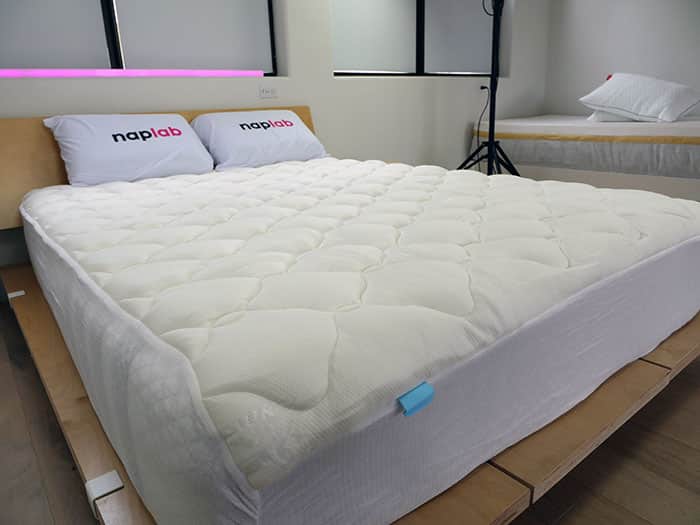
Try to determine what you expect from a mattress pad and then set a budget. Research the different models and types of materials.
Depending on what you need, you can choose any of the following:
- Fitted pads with elastic sides
- Anchor mattress pads, which feature several thin straps for a better fit—some models are reversible
- Flat mattress pads, which look like a thicker blanket; you simply place them on top of your mattress, underneath the sheets
- Mattress pads with zippers—these models completely enclose the mattress, protecting its top, bottom, and sides
- Heated mattress pads
These models can be made from different materials, such as:
- Cotton
- Poly-cotton blends
- Synthetic fibers, like rayon, nylon, or polyester
- Feathers
- Down
- Microfiber
- Wool
- Bamboo
Microfiber, for example, retains heat and can be a good choice during the cold winter months. Wool is even better, but it also comes with a high price tag.
If you’re on a tight budget, look for mattress pads made from synthetic materials. Cotton and feather models vary in price, depending on their design. You can expect to pay $30 and up for a cotton mattress pad.
How to Choose a Mattress Pad
A high-quality mattress pad can improve your sleep and make it more comfortable to read or watch TV in bed. Like with most products, you get what you pay for.
First, consider your budget. Second, think about your health needs. For example, if you’re allergic to polyester or other synthetic fibers, it makes sense to choose a cotton mattress pad.
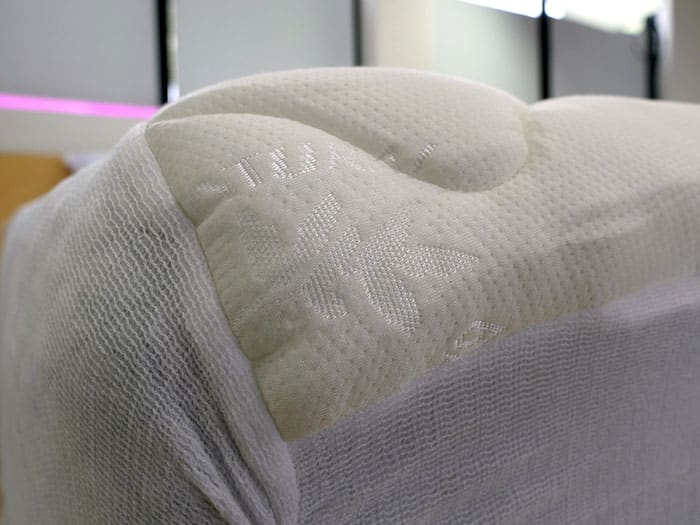
Compare the different types of mattress pads on the market before making a choice. High-end models often have a deep pocket design, hypoallergenic polyester fill, square jacquard quilting, and other premium features.
Keep in mind these aspects when shopping for a mattress pad:
- Determine the right size for your new mattress pad. These bedding items come in different sizes, from Twin and Twin XL to Queen, King, and California King.
- Check the pocket depth to ensure it fits your mattress.
- Consider buying a machine-washable model.
- Mattress pads rarely exceed 1.5″ in thickness. If you need a thicker model, choose a mattress topper instead.
- Few mattress pads are waterproof. Generally, you’ll pay extra for this feature. A waterproof protector might be cheaper.
- Choose a hypoallergenic model if you have textile contact dermatitis or allergies.
- For extra softness, invest in a model with a higher fill count.
Note that some brands offer a money-back guarantee or a 30-night risk-free trial. That’s something to consider, especially if you have never used a mattress pad before.
Are Mattress Pads Worth It?
A mattress pad isn’t something you absolutely need, but it may come in handy. This product can add a bit of cushion to your bed and provide a little extra protection to your mattress from dust mites, bed bugs, and germs (though not as much as a mattress protector).
We hope this article answered your question, “What is a mattress pad?” Now that you understand the difference between mattress pads, toppers, and protectors, it’s time to decide what you need most.
Consider the design, function, and materials used when shopping for a mattress pad. Try to determine if it’s worth paying extra for a waterproof model or one made from organic cotton or bamboo.
Thread count matters, too. Just make sure you don’t fall for the marketing hype. See our guide to find out more about this topic.
FAQ
The purpose of a mattress pad is to modify the firmness level at the surface of the mattress. This can make the mattress softer or firmer. A mattress pad can also serve as a layer of protection as well. This is even more true if you opt for a waterproof mattress pad.
A mattress pad and topper both add extra comfort and are designed to adjust the feel. Mattress pads are usually thinner (0-2″) and mattress toppers are usually thicker (2-4″).
Probably not. Since both of these are virtually the same in function, one is probably enough. If you feel like you need both to drastically change the feel of your mattress, that may mean it is time to buy a new mattress.



